Pacifiers have drawbacks as babies grow older
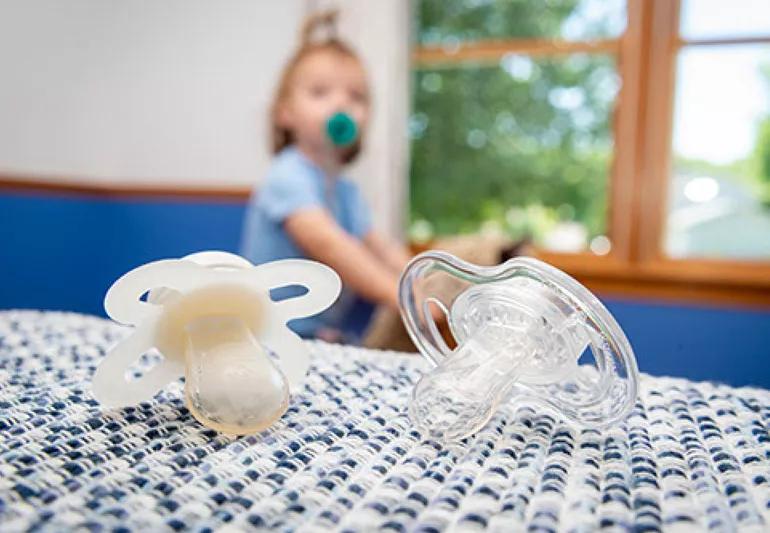
The day you decide to wean your baby from the pacifier might be your first bout of separation anxiety. Whether you go cold turkey or take a gradual approach, the pacifier should go sooner rather than later, says pediatrician Jason Sherman, DO.
Advertisement
Cleveland Clinic is a non-profit academic medical center. Advertising on our site helps support our mission. We do not endorse non-Cleveland Clinic products or services. Policy
“The pacifier can alter the way your child’s jaw develops,” says Dr. Sherman. “Your child’s bottom teeth will be in and the top teeth will be out. Children shouldn’t use pacifiers all day to allow their teeth to grow in the way they’re supposed to, not to mention the problem can get worse over time and lead to a variety of dental issues.”
It’s OK to offer your baby a pacifier at nap time or bedtime until age 1. If your baby is slightly older, Dr. Sherman notes it’s fine to keep your baby’s pacifier until age 3, but you should only use it to help your baby take a nap.
“The pacifier should only be used on an as-needed basis,” he adds.
Babies and young toddlers use pacifiers to help themselves sleep or to comfort themselves after having a fit as a way to deal with frustration. However, your young toddler shouldn’t use a pacifier all day when they’re running around the house and when they should be developing language skills. Kids typically begin to talk at age 1 and there’s a chance the pacifier could also slow language development.
Most kids stop using pacifiers on their own between ages 2 and 4, but others need help breaking the habit. Dr. Sherman offers the following suggestions:
Advertisement
“You may have to deal with a few days and nights of fussing,” says Dr. Sherman. “Stand your ground. Be the authority.”
Advertisement
Learn more about our editorial process.
Advertisement

Clean your baby’s mouth with a washcloth or small toothbrush if they have a tooth or you suspect thrush

A quick wash with soap and hot water can keep the germs at bay

Delaying baby’s first bath can encourage breastfeeding success and strengthen bonding

Ultimately, the choice depends on what works best for you and your baby, but it’s also important to be aware of the pros and cons of both
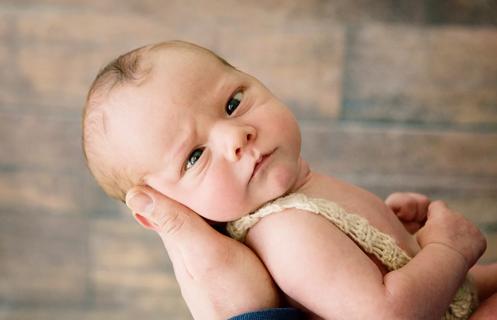
Crossed eyes in a newborn are fairly common, typically harmless and usually go away
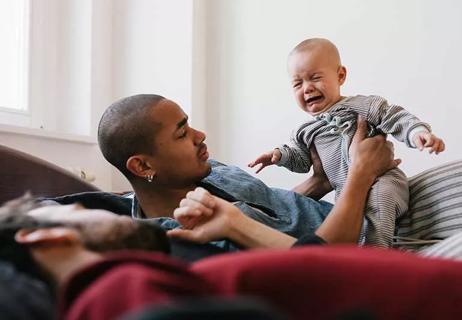
They could be hungry, gassy, colicky or sleepy, or even too hot or too cold
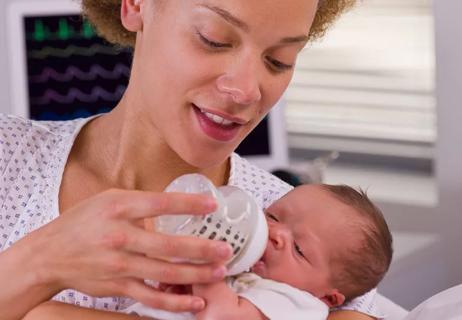
Tiny kidneys and tiny tummies don’t mix well with water
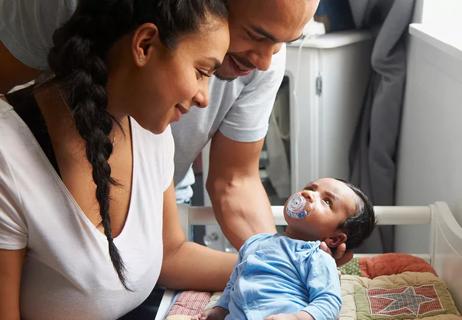
From baby acne and body hair to rooting reflexes and sleeping patterns, it’s all normal

If you’re feeling short of breath, sleep can be tough — propping yourself up or sleeping on your side may help

If you fear the unknown or find yourself needing reassurance often, you may identify with this attachment style

If you’re looking to boost your gut health, it’s better to get fiber from whole foods